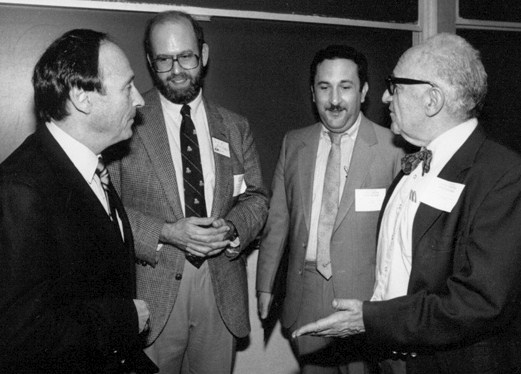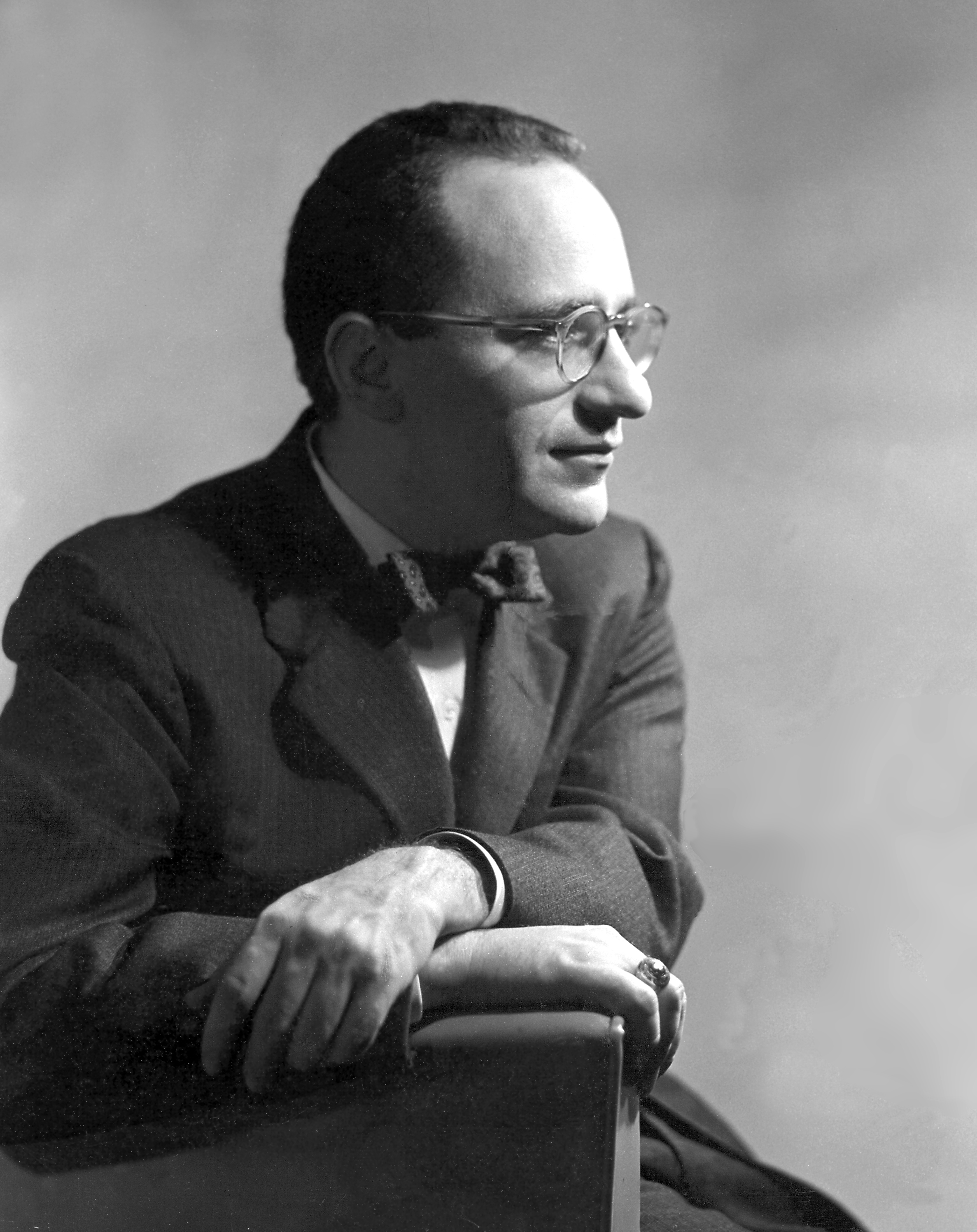|
Daniel Bernoulli
Daniel Bernoulli FRS (; – 27 March 1782) was a Swiss mathematician and physicist and was one of the many prominent mathematicians in the Bernoulli family from Basel. He is particularly remembered for his applications of mathematics to mechanics, especially fluid mechanics, and for his pioneering work in probability and statistics. His name is commemorated in the Bernoulli's principle, a particular example of the conservation of energy, which describes the mathematics of the mechanism underlying the operation of two important technologies of the 20th century: the carburetor and the airplane wing. Early life Daniel Bernoulli was born in Groningen, in the Netherlands, into a family of distinguished mathematicians.Rothbard, MurrayDaniel Bernoulli and the Founding of Mathematical Economics ''Mises Institute'' (excerpted from ''An Austrian Perspective on the History of Economic Thought'') The Bernoulli family came originally from Antwerp, at that time in the Spanish Netherlands ... [...More Info...] [...Related Items...] OR: [Wikipedia] [Google] [Baidu] |
Groningen (city)
Groningen (; gos, Grunn or ) is the capital city and main municipality of Groningen province in the Netherlands. The ''capital of the north'', Groningen is the largest place as well as the economic and cultural centre of the northern part of the country; as of December 2021, it had 235,287 inhabitants, making it the sixth largest city/municipality of the Netherlands and the second largest outside the Randstad. Groningen was established more than 950 years ago and gained city rights in 1245. Due to its relatively isolated location from the then successive Dutch centres of power ( Utrecht, The Hague, Brussels), Groningen was historically reliant on itself and nearby regions. As a Hanseatic city, it was part of the North German trade network, but later it mainly became a regional market centre. At the height of its power in the 15th century, Groningen could be considered an independent city-state and it remained autonomous until the French era. Today Groningen is a university ... [...More Info...] [...Related Items...] OR: [Wikipedia] [Google] [Baidu] |
Bernoulli Family
The Bernoulli family () of Basel was a patrician family, notable for having produced eight mathematically gifted academics who, among them, contributed substantially to the development of mathematics and physics during the early modern period. History Originally from Antwerp, a branch of the family relocated to Basel in 1620. While their origin in Antwerp is certain, proposed earlier connections with the Dutch family ''Bornouilla'' (''Bernoullie''), or with the Castilian family ''de Bernuy'' (''Bernoille'', ''Bernouille''), are uncertain. The first known member of the family was Leon Bernoulli (d. 1561), a doctor in Antwerp, at that time part of the Spanish Netherlands. His son, Jacob, emigrated to Frankfurt am Main in 1570 to escape from the Spanish persecution of the Protestants. Jacob's grandson, a spice trader, also named Jacob, moved to Basel, Switzerland in 1620, and was granted citizenship in 1622. His son, (Nicolaus, 1623–1708), Leon's great-great-grandson, marr ... [...More Info...] [...Related Items...] OR: [Wikipedia] [Google] [Baidu] |
Johann Bernoulli
Johann Bernoulli (also known as Jean or John; – 1 January 1748) was a Swiss mathematician and was one of the many prominent mathematicians in the Bernoulli family. He is known for his contributions to infinitesimal calculus and educating Leonhard Euler in the pupil's youth. Biography Early life Johann was born in Basel, the son of Nicolaus Bernoulli, an apothecary, and his wife, Margarethe Schongauer, and began studying medicine at University of Basel. His father desired that he study business so that he might take over the family spice trade, but Johann Bernoulli did not like business and convinced his father to allow him to study medicine instead. Johann Bernoulli began studying mathematics on the side with his older brother Jacob Bernoulli. Throughout Johann Bernoulli's education at Basel University the Bernoulli brothers worked together spending much of their time studying the newly discovered infinitesimal calculus. They were among the first mathematicians to not on ... [...More Info...] [...Related Items...] OR: [Wikipedia] [Google] [Baidu] |
Protestant
Protestantism is a branch of Christianity that follows the theological tenets of the Protestant Reformation, a movement that began seeking to reform the Catholic Church from within in the 16th century against what its followers perceived to be growing errors, abuses, and discrepancies within it. Protestantism emphasizes the Christian believer's justification by God in faith alone (') rather than by a combination of faith with good works as in Catholicism; the teaching that salvation comes by divine grace or "unmerited favor" only ('); the priesthood of all faithful believers in the Church; and the '' sola scriptura'' ("scripture alone") that posits the Bible as the sole infallible source of authority for Christian faith and practice. Most Protestants, with the exception of Anglo-Papalism, reject the Catholic doctrine of papal supremacy, but disagree among themselves regarding the number of sacraments, the real presence of Christ in the Eucharist, and matters of ecclesiasti ... [...More Info...] [...Related Items...] OR: [Wikipedia] [Google] [Baidu] |
Spanish Netherlands
Spanish Netherlands (Spanish: Países Bajos Españoles; Dutch: Spaanse Nederlanden; French: Pays-Bas espagnols; German: Spanische Niederlande.) (historically in Spanish: ''Flandes'', the name "Flanders" was used as a ''pars pro toto'') was the Habsburg Netherlands ruled by the Spanish branch of the Habsburgs from 1556 to 1714. They were a collection of States of the Holy Roman Empire in the Low Countries held in personal union by the Spanish Crown (also called Habsburg Spain). This region comprised most of the modern states of Belgium and Luxembourg, as well as parts of northern France, the southern Netherlands, and western Germany with the capital being Brussels. The Army of Flanders was given the task of defending the territory. The Imperial fiefs of the former Burgundian Netherlands had been inherited by the Austrian House of Habsburg from the extinct House of Valois-Burgundy upon the death of Mary of Burgundy in 1482. The Seventeen Provinces formed the core of the Habsbur ... [...More Info...] [...Related Items...] OR: [Wikipedia] [Google] [Baidu] |
An Austrian Perspective On The History Of Economic Thought
''An Austrian Perspective on the History of Economic Thought'' is two-volume non-fiction work written by Murray N. Rothbard. Rothbard said he originally intended to write a "standard Adam Smith-to-the-present moderately sized book"; but expanded the scope of the project to include economists who preceded Smith and to comprise a multi-volume series. Rothbard completed only the first two volumes, ''Economic Thought Before Adam Smith'' and ''Classical Economics''. Release history * ''An Austrian Perspective on the History of Economic Thought''. Ludwig von Mises Institute. Auburn, Alabama. 2006. (2 Volume Hardback totaling 1,084 pages). * ''An Austrian Perspective on the History of Economic Thought''. Edward Elgar Publishing. 1995. . References Further reading Murray Rothbard on "Why I Wrote My Histories of Thought"A favorable reviewof ''An Austrian Perspective'' External links * ttps://www.mises.org/web/2691 "The Celebrated Adam Smith" (Chapter 16)PDF and ePub downloads of ... [...More Info...] [...Related Items...] OR: [Wikipedia] [Google] [Baidu] |
Mises Institute
Ludwig von Mises Institute for Austrian Economics, or Mises Institute, is a libertarian nonprofit think tank headquartered in Auburn, Alabama, United States. It is named after the Austrian School economist Ludwig von Mises (1881–1973). It was founded in 1982 by Lew Rockwell. Its creation was funded by Ron Paul. History The Ludwig von Mises Institute was founded in 1982 by Lew Rockwell. Rockwell, who had previously served as editor for Arlington House Publishers, received the blessing of Margit von Mises during a meeting at the Russian Tea Room in New York City, and she was named the first chairman of the board. Early supporters of the institute included F.A. Hayek, Henry Hazlitt, Murray Rothbard, Ron Paul, and Burt Blumert. According to Rockwell, the motivation of the institute was to promote the specific contributions of Ludwig von Mises, who he feared was being ignored by libertarian institutions financed by Charles Koch and David Koch. As recounted by Justin Raimon ... [...More Info...] [...Related Items...] OR: [Wikipedia] [Google] [Baidu] |
Murray Rothbard
Murray Newton Rothbard (; March 2, 1926 – January 7, 1995) was an American economist of the Austrian School, economic historian, political theorist, and activist. Rothbard was a central figure in the 20th-century American libertarian movement and a founder and leading theoretician of anarcho-capitalism. He wrote over twenty books on political theory, history, economics, and other subjects. Rothbard argued that all services provided by the "monopoly system of the corporate state" could be provided more efficiently by the private sector and wrote that the state is "the organization of robbery systematized and writ large". He called fractional-reserve banking a form of fraud and opposed central banking. He categorically opposed all military, political, and economic interventionism in the affairs of other nations. According to his protégé Hans-Hermann Hoppe, " ere would be no anarcho-capitalist movement to speak of without Rothbard". Libertarian economist Jeffrey H ... [...More Info...] [...Related Items...] OR: [Wikipedia] [Google] [Baidu] |
Wing
A wing is a type of fin that produces lift while moving through air or some other fluid. Accordingly, wings have streamlined cross-sections that are subject to aerodynamic forces and act as airfoils. A wing's aerodynamic efficiency is expressed as its lift-to-drag ratio. The lift a wing generates at a given speed and angle of attack can be one to two orders of magnitude greater than the total drag on the wing. A high lift-to-drag ratio requires a significantly smaller thrust to propel the wings through the air at sufficient lift. Lifting structures used in water include various foils, such as hydrofoils. Hydrodynamics is the governing science, rather than aerodynamics. Applications of underwater foils occur in hydroplanes, sailboats and submarines. Etymology and usage For many centuries, the word "wing", from the Old Norse ''vængr'', referred mainly to the foremost limbs of birds (in addition to the architectural aisle). But in recent centuries the word's meanin ... [...More Info...] [...Related Items...] OR: [Wikipedia] [Google] [Baidu] |
Carburetor
A carburetor (also spelled carburettor) is a device used by an internal combustion engine to control and mix air and fuel entering the engine. The primary method of adding fuel to the intake air is through the venturi tube in the main metering circuit, however various other components are also used to provide extra fuel or air in specific circumstances. Since the 1990s, carburetors have been largely replaced by fuel injection for cars and trucks, however carburetors are still used by some small engines (e.g. lawnmowers, generators and concrete mixers) and motorcycles. Diesel engines have always used fuel injection instead of carburetors. Etymology The name "carburetor" is derived from the verb ''carburet'', which means "to combine with carbon," or in particular, "to enrich a gas by combining it with carbon or hydrocarbons." Thus a carburetor mixes intake air with hydrocarbon-based fuel, such as petrol or autogas (LPG). The name is spelled "carburetor" in American English ... [...More Info...] [...Related Items...] OR: [Wikipedia] [Google] [Baidu] |
Conservation Of Energy
In physics and chemistry, the law of conservation of energy states that the total energy of an isolated system remains constant; it is said to be ''conserved'' over time. This law, first proposed and tested by Émilie du Châtelet, means that energy can neither be created nor destroyed; rather, it can only be transformed or transferred from one form to another. For instance, chemical energy is converted to kinetic energy when a stick of dynamite explodes. If one adds up all forms of energy that were released in the explosion, such as the kinetic energy and potential energy of the pieces, as well as heat and sound, one will get the exact decrease of chemical energy in the combustion of the dynamite. Classically, conservation of energy was distinct from conservation of mass. However, special relativity shows that mass is related to energy and vice versa by ''E = mc2'', and science now takes the view that mass-energy as a whole is conserved. Theoretically, this implies that an ... [...More Info...] [...Related Items...] OR: [Wikipedia] [Google] [Baidu] |








